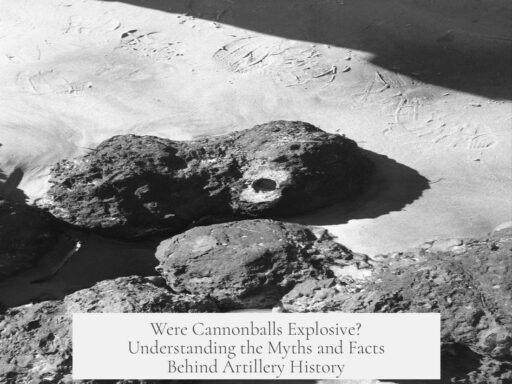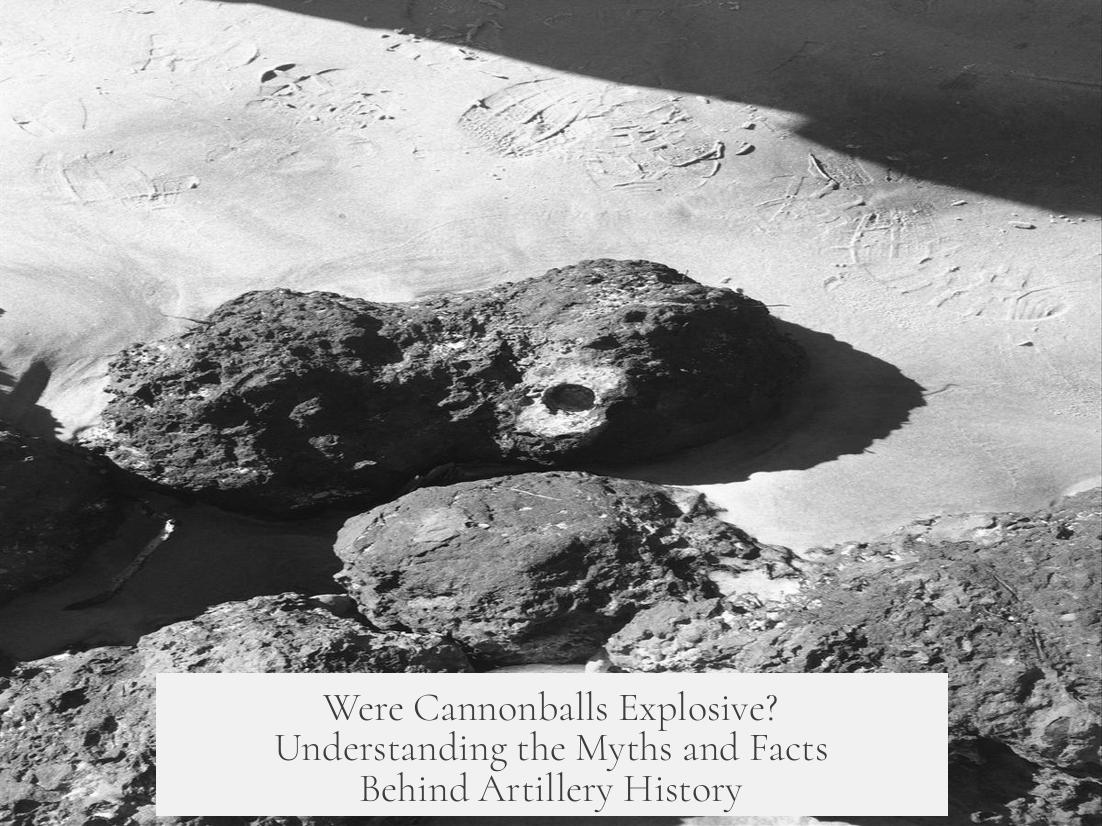Cannonballs were not explosive. Unlike shells, cannonballs are solid iron projectiles designed to inflict damage through kinetic force rather than detonation.
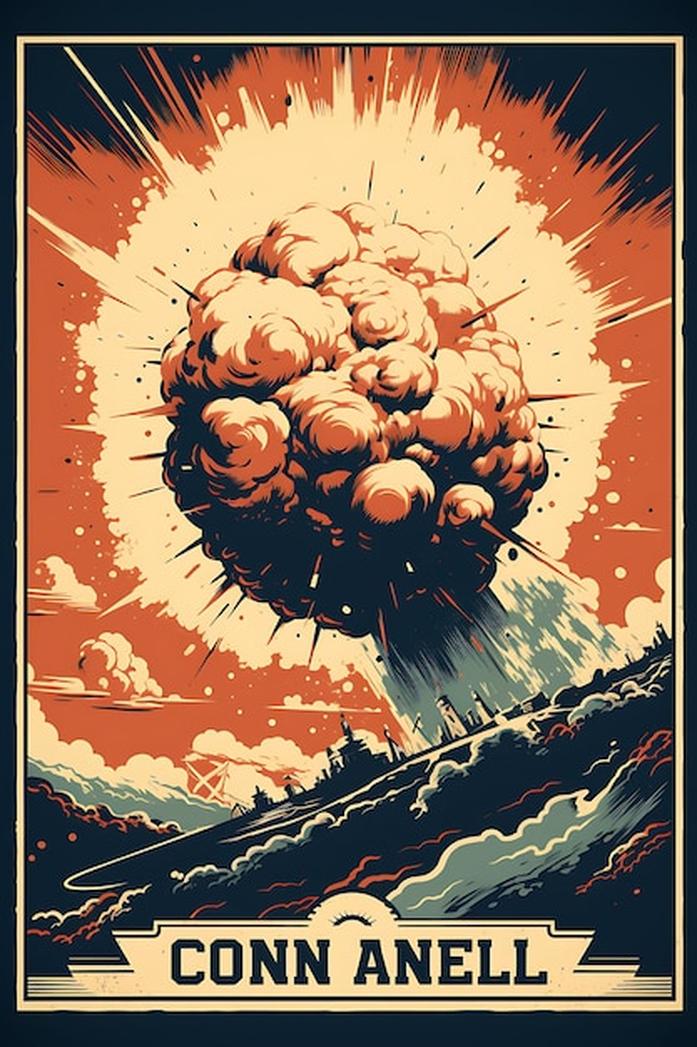
Cannonballs, typically known as round shot, were solid spheres of iron. They had no internal cavity for gunpowder or explosive material. Their destructive power came from the sheer mass and velocity at which they were fired. When cannonballs struck solid targets—such as walls, ships, or enemy troops—they caused damage by impact, breaking bones, smashing defenses, or knocking soldiers down. They sometimes ricocheted along the ground, acting like powerful bowling balls.
In contrast, shells are hollow and designed to explode. Shells contain a powder charge and a fuse, which ignites either on impact or after a delay, causing an explosion. This explosion fragments the shell, sending shrapnel outward to cause further damage over a wider area. Shells emerged later in artillery history as military tactics evolved.
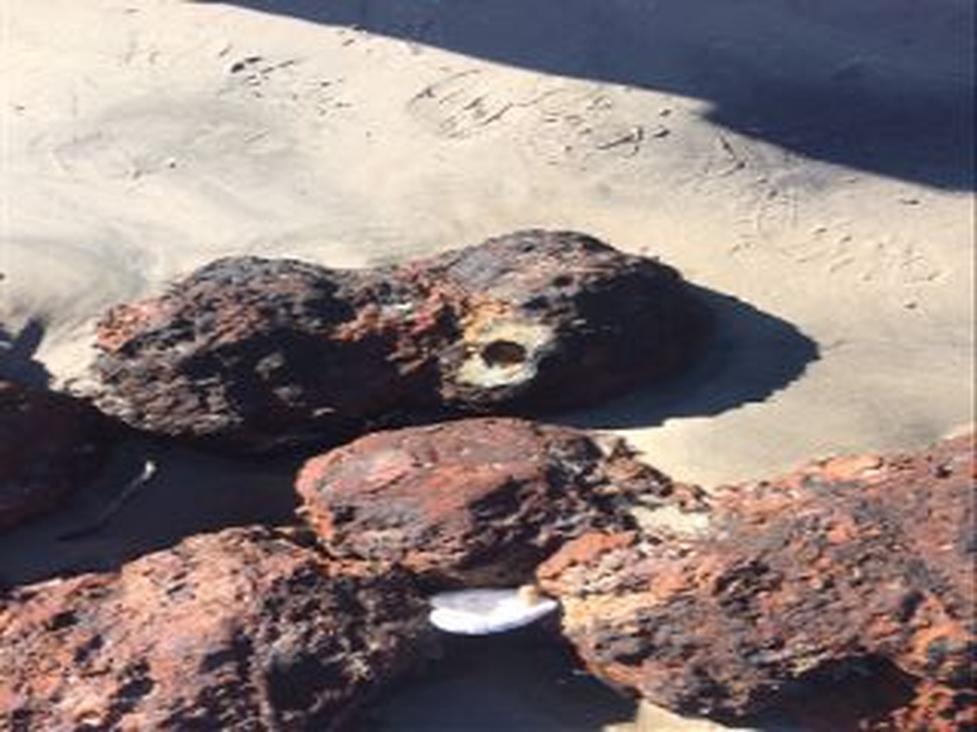
There were attempts to create explosive cannonballs by packing round shot with gunpowder and attaching fuses. However, these were generally unreliable. They often failed to detonate properly or on time. The technology for dependable explosive artillery developed gradually over centuries after the main use of solid round shot.
- Cannonballs are solid iron and non-explosive.
- They damage targets through impact force.
- Shells are hollow and designed to explode.
- Explosive round shot existed but were unreliable.
- Reliable explosive artillery developed later.
Were Cannonballs Explosive? The Straight Truth Behind The Boom
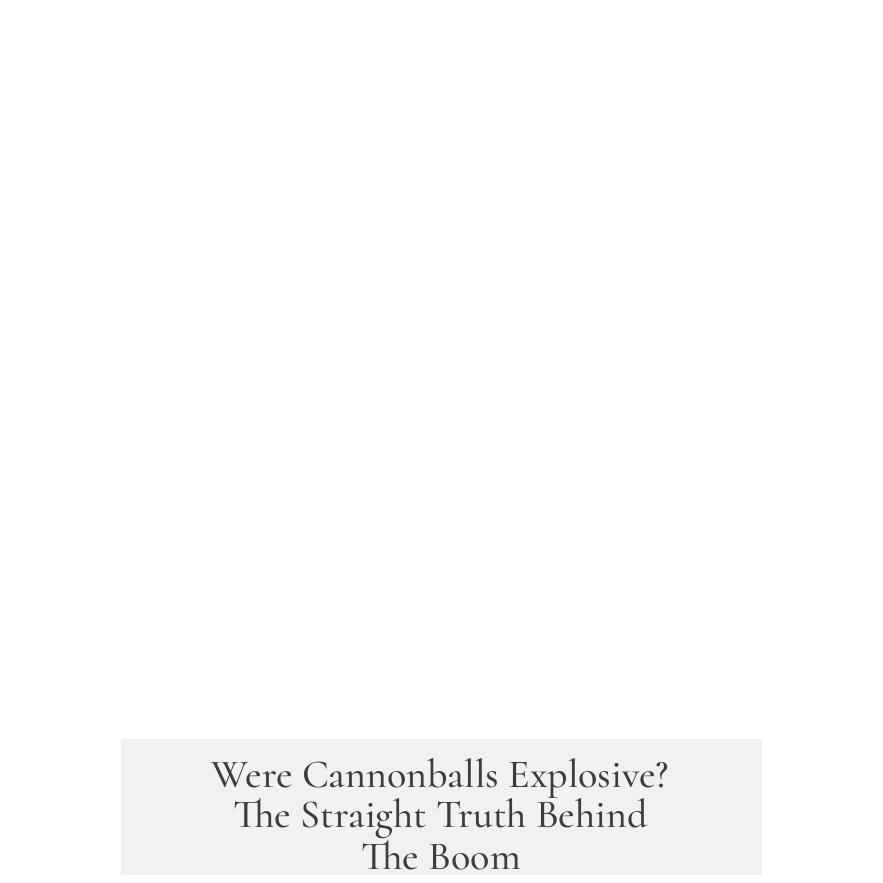
Were cannonballs explosive? No, traditional cannonballs were not explosive. They were solid iron spheres hurled with brutal force to smash through enemy lines and fortifications. Unlike shells, these cannonballs carried no hidden powder to detonate upon impact. But don’t let their simplicity fool you—these hefty spheres brought plenty of destruction without a single boom.
You might be wondering: if cannonballs weren’t explosive, what exactly made them so deadly? Let’s roll up our sleeves and dig deep into the fascinating world of artillery ammunition. We’ll get into the difference between cannonballs and shells, why explosives made artillery even deadlier later, and how technology evolved to bring about a whole new era of firepower.
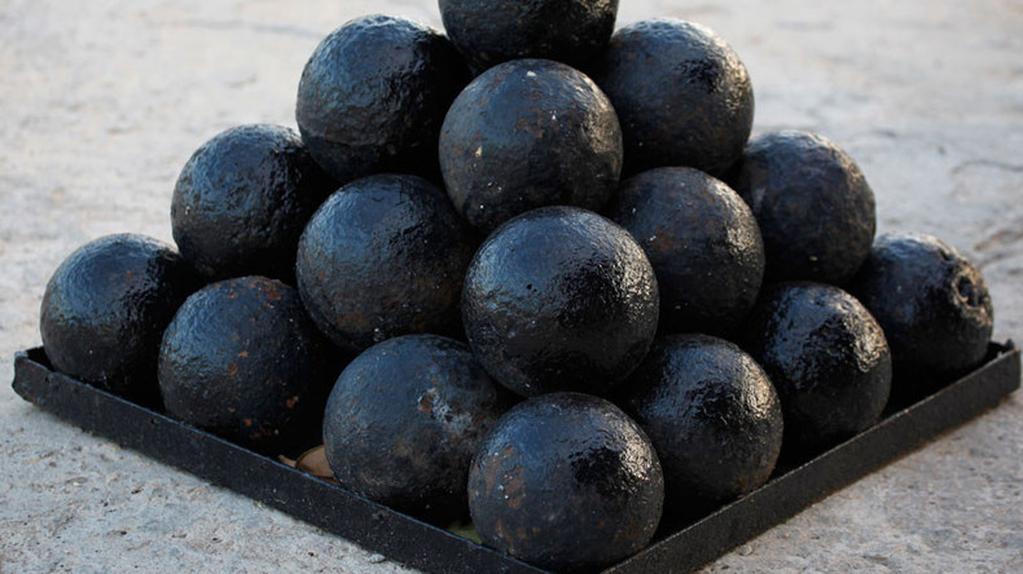
The Cannonball: The Solid Iron Juggernaut
Cannonballs, or round shot as they are often called, were basically giant iron balls. Picture a bowling ball, but launched from a massive weapon at terrifying speeds. These massive balls had no hollow cavities, no powder, and absolutely no fuse. When fired, they relied on pure kinetic energy to do damage.
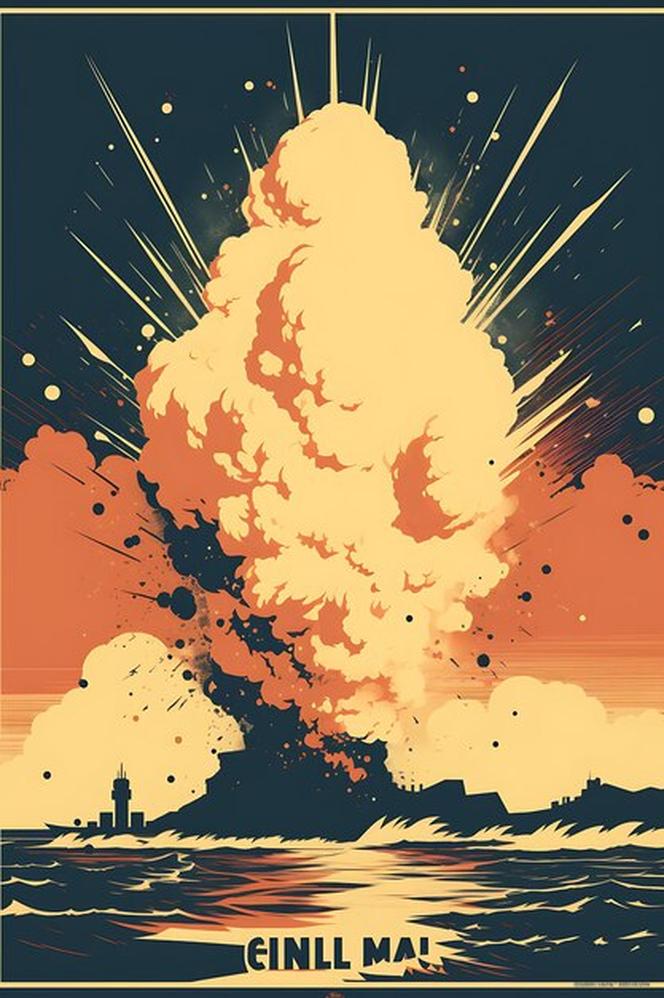
On battlefields, cannonballs acted like monstrous bowling balls crashing through enemy ranks. They bounced along the ground or smashed into walls and fortifications, causing chaos with sheer blunt force. If you think about hand-to-hand fighting, imagine a giant iron sphere rolling through and demolishing anything—or anyone—in its path. It was brutal and effective without the need for explosives.
A canonball could break bones, splinter wooden doors, or topple masonry walls just by hitting hard enough. Yet no matter how destructive, these cannonballs simply did not explode.
So What About Shells? Enter Explosives
This is where artillery science takes a sharp turn. Unlike cannonballs, shells are hollow projectiles. They contain gunpowder or other explosive materials inside them. The magic happens thanks to a fuse that ignites this powder, causing the shell to detonate either on impact or after a timed delay.
Think of shells as the cousins of cannonballs who took things up a notch—combining the impact of a projectile with an internal explosion. The explosion could shred enemy soldiers, tear wooden ship hulls apart, or demolish fortifications far more effectively than simple solid iron balls.
Early Attempts at Explosive Roundshot: A Game of Chance
Before shells became reliable, there were experimental attempts to make explosive roundshot. These early attempts involved packing gunpowder into hollow spaces inside round projectiles and using fuses to ignite them.
However, those early explosive roundshot were pretty unreliable. Fuses often failed or detonated prematurely. As a result, commanders kept relying on the trusty solid cannonballs for predictable effect.
The Fuse Factor: Unlocking Explosive Artillery
The breakthrough came in the 1820s with a French innovator named Henri-Joseph Paixhans. He tackled the main problem restricting shells’ use in direct fire artillery—the fuse. Fuses had to be precise and robust to detonate the explosives at the right moment after impact.
Paixhans developed a gun that could fire explosive shells directly—a huge leap forward. These shells had fuses that ignited after penetrating a target, like the wooden hull of a ship. The shell would pass through, then explode inside, wreaking devastating damage.
Weaponry Revolution: Paixhans Guns in Action
Paixhans guns first demonstrated their brutal effectiveness during the Crimean War. Wooden ships that were once mostly safe from direct fire artillery suddenly became vulnerable. Imagine a bomb slicing through a wooden wall, then exploding inside to rip it apart. That’s the kind of power these shells brought to warfare.
This innovation changed naval and land battles forever. The era of solid cannonballs slowly faded as explosive shells and improved artillery took center stage. Explosive artillery was no longer a gamble—it was a game-changer.
Why Does This Matter Today?
Understanding whether cannonballs were explosive clarifies the evolution of artillery. Solid cannonballs represent the raw, physical force of early gunpowder weapons. Their simplicity ensured reliability but limited versatility. Explosive shells introduced a new dimension of strategic destruction.
For history buffs and enthusiasts, differentiating between cannonballs and shells guards against common myths. Not every round hurled by a cannon was ticking like a bomb. Most were just big lumps of iron letting physics do the talking.
For anyone curious about how military technology evolves, this story highlights how innovation often solves a precise technical problem—in this case, reliable fuses—to unlock powerful new capabilities.
Quick Recap:
- Cannonballs: Solid iron balls. No explosives. Cause damage via impact only.
- Shells: Hollow and explosive with fuses. Detonate after hitting or penetrating target.
- Explosive roundshot: Early attempts, unreliable fuses, limited use.
- Paixhans Gun: Early 19th-century innovation enabling reliable explosive shells in direct fire artillery.
- Impact: Revolutionized naval and land warfare with devastating effects.
Got Thoughts? Here’s a Question for You
Next time you see a historic battlefield or a cannon in a museum, ask yourself: Would this cannonball have exploded like a grenade, or just smashed through everything in its path like a supercharged marble? The answer says a lot about the art and science of war back then.
If you enjoyed peeling back the layers on this bit of historical artillery trivia, maybe you want to explore how modern artillery evolved from these humble beginnings. Or consider the stakes of innovation and how a small fuse led to a powerful change in how wars were fought.
In the meantime, just remember: cannonballs don’t explode, but they sure can make a mess!
Were cannonballs ever designed to explode?
Cannonballs were typically solid iron balls and did not explode. Some were packed with gunpowder but these were rare and unreliable.
What is the main difference between a cannonball and a shell?
Cannonballs are solid projectiles. Shells are hollow and contain explosive powder with a fuse to detonate.
Did cannonballs cause damage only by impact?
Yes, cannonballs caused damage by striking targets with great force, not through explosions.
When did explosive artillery shells become common?
Explosive shells became more reliable and common after the period of solid cannonballs, but exact timing varies.
Why were explosive roundshot unreliable?
The fuses and powder charges in early explosive roundshot often failed, making them less effective than solid shot.
